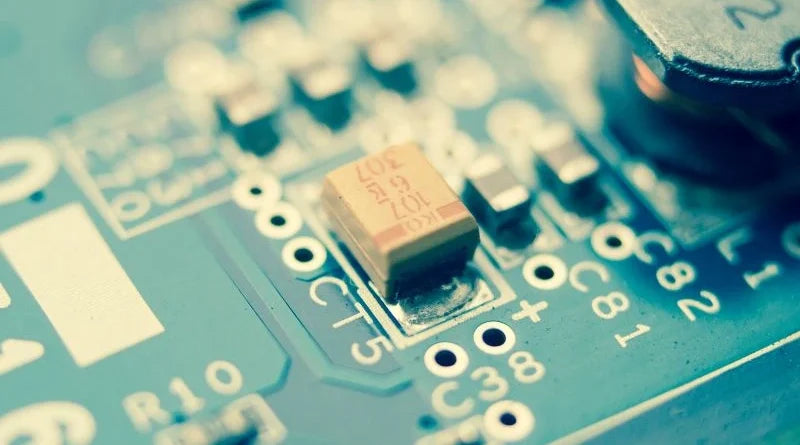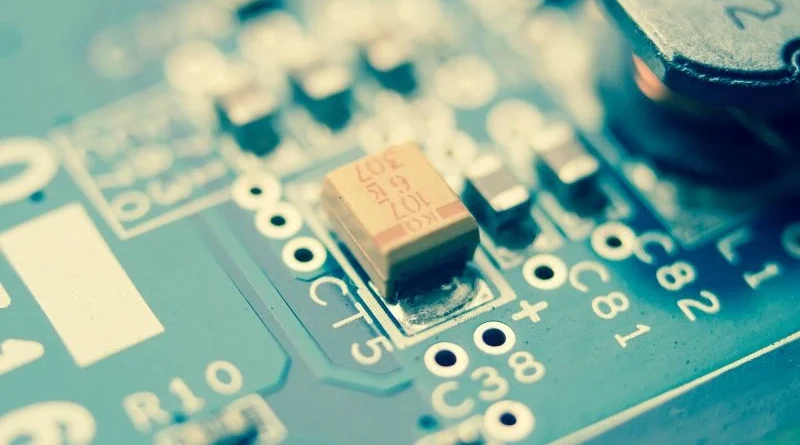
In the world of modern electronics, there is a tiny but powerful device that plays a crucial role in amplifying and switching electronic signals – the NPN transistor. This tiny semiconductor device revolutionized the way we design and build electronic circuits, enabling the creation of complex systems that have changed our lives.
The NPN transistor, short for negative-positive-negative transistor, is one of the most commonly used types of bipolar transistors (BJTs). It consists of three layers of semiconductor material – two layers of negatively charged material surrounding a positively charged layer. This unique structure allows electrical current to flow and signals to be amplified.
With its ability to amplify weak signals and control larger currents, the NPN transistor has become an indispensable part of various electronic devices. From simple household appliances to complex computer systems, this small device has found its way into almost every aspect of our daily lives.
But how exactly does the NPN transistor work? What are its main properties and applications? How does this fit into the broader field of electronics? These are just a few questions we'll explore in this in-depth series on NPN transistors.
In this series, we will delve into how the NPN transistor works and explore its structure, operating principles, and various configurations. We'll explore its role in signal amplification, switching, and processing and discover the secrets behind its remarkable capabilities.
Join us on this exciting journey as we discover the secrets of the NPN transistor. From its humble beginnings to its widespread use in modern electronics, we will reveal the fascinating world of this small but powerful device. Get ready to dive deep into the world of NPN transistors and discover the infinite possibilities they offer in electrical engineering.
What is an NPN transistor?
NPN transistors are a fundamental part of modern electronics. They play a crucial role in amplification and switching circuits and are therefore essential for countless applications. Understanding the basics of NPN transistors is critical to understanding their importance in various electronic devices.
At its core, an NPN transistor consists of three layers of semiconductor material: emitter, base, and collector. The term NPN refers to the arrangement of these layers. The emitter is made of N-type material while the base and collector are made of P-type material. This arrangement allows current to flow from the emitter to the collector when a small current is applied to the base.
One of the main characteristics of NPN transistors is the ability to amplify current. By controlling the current in the base, a much larger current can flow from the emitter to the collector. This property makes NPN transistors invaluable in audio amplifiers, power supplies, and other applications that require signal amplification.
NPN transistors are also commonly used as switches. By applying a small current to the base, the transistor can be turned on, allowing a larger current to flow through the collector and emitter. This switching capability is crucial in digital circuits where transistors are used to control the flow of information.
In summary, NPN transistors are an important component in modern electronics. Their ability to amplify current and act as a switch makes them indispensable in a variety of applications. Understanding the basics of NPN transistors is essential for anyone interested in electronics.
How does an NPN transistor work?
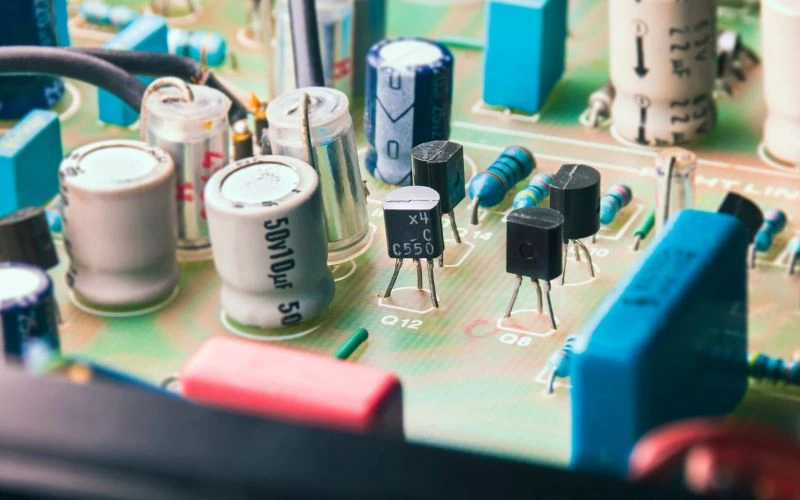
NPN transistors are essential in modern electronic devices and play a crucial role in amplification and switching circuits. Understanding how these transistors work is essential for anyone interested in electronics. In this article, we will look at how an NPN transistor works and provide a comprehensive explanation without excessive jargon.
At its core, an NPN transistor consists of three layers of semiconductor material: emitter, base, and collector. The term NPN refers to the type of doping of these layers, with the base being lightly doped and the emitter and collector being heavily doped. This doping creates a concentration gradient that allows current to flow through the transistor.
When a voltage is applied to the base-emitter junction, a small current flows to the base, which controls the flow of a much larger current from the collector to the emitter. This phenomenon is known as the transistor effect and is the basis of amplification. By varying the base current, the collector current can be controlled, allowing precise amplification of signals.
Another important aspect of NPN transistors is their ability to act as switches. When no current flows to the base, the transistor is off and the collector current is minimal. However, when a small current is applied to the base, the transistor turns on, allowing a larger current to flow from the collector to the emitter. This property makes NPN transistors invaluable in digital logic circuits and other applications that require precise control of current flow.
In summary, NPN transistors are versatile devices that allow amplification and switching in electronic circuits. If we understand the principles behind how it works, we can harness its power in various applications. Stay tuned for our next article where we will look at the practical uses of NPN transistors in more detail.
What are the applications of NPN transistors?
NPN transistors are a key component in many electronic devices and systems and find application in various industries. These transistors with three layers of semiconductor material are often used for amplification and switching purposes. Their unique properties make them suitable for countless applications and an essential part of modern technology.
One of the main applications of NPN transistors is audio amplification. They are used in audio systems such as amplifiers and speakers to increase signal strength and provide clear, powerful sound output. NPN transistors enable efficient amplification of weak audio signals, improving the overall audio experience.
NPN transistors play an important role in the field of telecommunications. They are used in radio frequency (RF) circuits and allow the sending and receiving of signals. These transistors allow the amplification and modulation of RF signals, ensuring seamless communication between different devices and networks.
NPN transistors are also commonly found in digital logic circuits. They are used as switches to control the flow of electricity through various components, making it possible to create complex digital systems. These transistors form the building blocks of digital devices such as computers, smartphones and microcontrollers.
Furthermore, NPN transistors find application in power supply circuits. They regulate and control the flow of electricity and thus ensure a stable and reliable power supply. These transistors help regulate voltage, limit current, and protect against overloads, making them crucial for power management in electronic devices.
In summary, NPN transistors have diverse applications in various industries, including audio amplification, telecommunications, digital logic circuits, and power supply circuits. Their ability to efficiently amplify and switch signals makes them indispensable in modern technology. Whether improving sound quality, enabling communication or controlling the flow of power, NPN transistors play a fundamental role in shaping our connected world.
What are the advantages of NPN transistors?
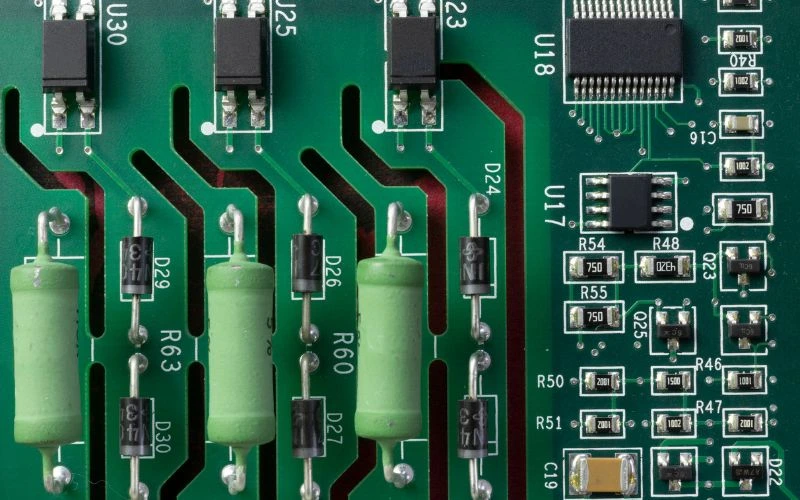
NPN transistors are an essential part of modern electronic devices. They offer several advantages that make them a popular choice in a variety of applications. Understanding the benefits of NPN transistors is crucial for anyone working in electronics.
One of the main advantages of NPN transistors is their high current gain. This means that a small input current can generate a much larger output current, allowing signal amplification. This property makes NPN transistors ideal for use in audio amplifiers, where a weak audio signal needs to be amplified to drive a speaker.
Another advantage of NPN transistors is their low power consumption. They have a low voltage drop across the collector-emitter connection, which means they can work efficiently even with low power supply. This makes them suitable for battery-powered devices where energy efficiency is crucial.
NPN transistors also have a high switching speed. They can be turned on and off quickly, allowing for high-frequency applications. This makes them suitable for telecommunications where fast switching is required to send and receive signals.
Furthermore, NPN transistors have high noise immunity. They can effectively filter out unwanted noise signals, ensuring that the desired signal remains clear and undistorted. This property makes them valuable for applications such as radio receivers and audio devices.
In summary, NPN transistors offer several advantages that make them the preferred choice in many electronic applications. Their high current gain, low power consumption, fast switching speed and noise immunity make them versatile and efficient. By understanding these benefits, engineers and electronics enthusiasts can make informed decisions when designing and implementing electronic circuits.
What are the disadvantages of NPN transistors?
NPN transistors are widely used in various electronic devices due to their versatility and reliability. However, like any other technology, they also have their disadvantages. Understanding these drawbacks is critical for engineers and enthusiasts working with NPN transistors.
One of the main disadvantages of NPN transistors is their limited power handling. Compared to their PNP counterparts, NPN transistors have a lower power rating. This means they are not suitable for high power applications and may not be able to handle large currents or voltages. It is important to carefully consider the power requirements of a circuit before using NPN transistors.
Another disadvantage of NPN transistors is their sensitivity to temperature. These transistors can suffer from thermal runaway, where an increase in temperature leads to an increase in current, causing the temperature to rise even further. This can destroy the transistor if not handled correctly. When using NPN transistors, thermal management techniques such as heat sinks and thermal pastes are often required.
Furthermore, NPN transistors have a relatively low input impedance. This means they require a higher input current to function properly. In some cases, this may introduce additional complexity into the circuit as other components may be required to drive the transistor.
Finally, NPN transistors have a limited frequency response. They are not ideal for high frequency applications because their performance decreases at higher frequencies. Other types of transistors, such as field-effect transistors (FETs), may be better suited for such applications.
In summary, although NPN transistors offer many advantages, one must be aware of their limitations. By understanding the disadvantages of NPN transistors, engineers can make informed decisions when designing circuits and selecting components.
What is the symbol for an NPN transistor?
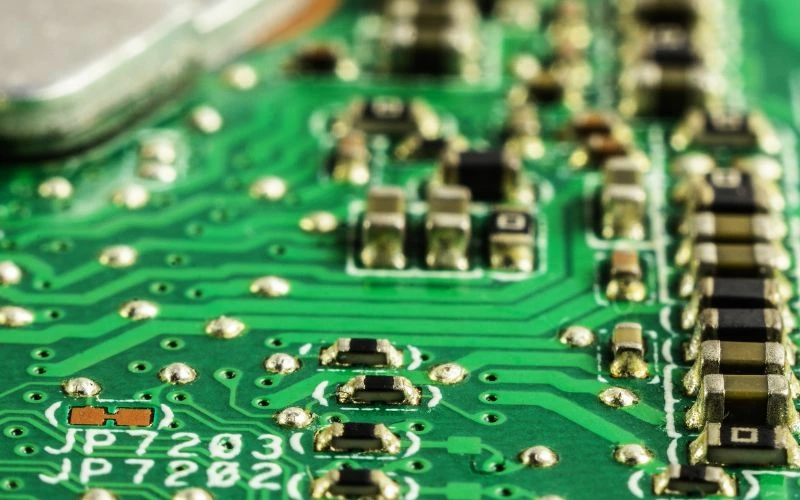
The symbol for an NPN transistor is a key component in understanding how this important electronic device works. NPN transistors are widely used in a variety of applications, including amplification, switching and signal processing. Understanding its symbol is crucial for anyone working with electronic circuits.
The symbol for an NPN transistor consists of three layers represented by three lines. The middle line represents the base while the outer lines represent the emitter and collector. The arrowhead on the emitter line indicates the direction of conventional current flow. This symbol is generally recognized and used in circuit diagrams and schematics.
When analyzing a schematic, it is important to remember that the NPN transistor symbol is always drawn with the emitter arrow pointing away from the base. This convention helps ensure consistency and clarity when reading and interpreting schematics.
By knowing the symbol for an NPN transistor, engineers and hobbyists can easily identify and troubleshoot transistor-related problems in electronic circuits. This allows you to determine the correct orientation of the transistor and ensure that it is connected correctly in the circuit.
In summary, the symbol for an NPN transistor is a crucial element in understanding and working with these electronic devices. Its universal recognition and consistent representation in schematics make it an essential tool for engineers and hobbyists alike. By familiarizing yourself with the NPN transistor symbol, you can safely design, analyze, and troubleshoot electronic circuits.
What are the characteristics of NPN transistors?
NPN transistors are a fundamental part of modern electronics and are commonly used in amplifiers, switching, and digital logic circuits. Understanding its properties is crucial for anyone working with electronic devices. In this article, we will look at the key features of NPN transistors and their importance in circuit design.
One of the main properties of NPN transistors is the ability to amplify electrical signals. By controlling the flow of current between the collector and emitter terminals, NPN transistors can significantly increase the strength of a weak input signal. This feature makes them ideal for applications such as audio amplifiers and radio receivers.
Another important aspect of NPN transistors is their ability to turn on and off quickly. This property allows them to act as electronic switches and control the flow of electricity in a circuit. NPN transistors are commonly used in digital logic circuits and allow the creation of complex circuits that perform calculations and execute instructions.
NPN transistors also have a high input impedance, so they require very little current to operate. This feature makes them compatible with various input devices including microcontrollers and sensors. Additionally, NPN transistors have low output impedance, allowing them to drive loads efficiently and without significant signal degradation.
Furthermore, NPN transistors are known for their versatility and robustness. They can handle high currents and voltages, making them suitable for power applications. Additionally, NPN transistors have excellent temperature stability, ensuring reliable operation under diverse environmental conditions.
In summary, NPN transistors have several important properties that make them essential components in modern electronics. Their ability to amplify signals, switch quickly, and handle high currents and voltages makes them invaluable for a variety of applications. By understanding these properties, engineers and hobbyists can utilize the full potential of NPN transistors in their circuit designs.
What is the difference between NPN and PNP transistors?

NPN and PNP transistors are two types of bipolar transistors (BJTs) widely used in electronic circuits. Understanding the differences between these two types of transistors is essential for anyone working in electronics.
A fundamental difference between NPN and PNP transistors is in their structure. NPN transistors consist of three layers of semiconductor material: a thin layer of P-type material sandwiched between two layers of N-type material. PNP transistors, on the other hand, have a thin layer of N-type material sandwiched between two layers of N-type material. P.
Another important difference is the way current flows through these transistors. In an NPN transistor, current flows from the emitter (N-type material) to the base (P-type material) and then to the collector (N-type material). This type of transistor is often used for amplification and switching applications. In contrast, in a PNP transistor, current flows from the emitter (P-type material) to the base (N-type material) and then to the collector (P-type material). PNP transistors are also used for amplification and switching, but their polarity is opposite to that of NPN transistors.
The difference in polarity between NPN and PNP transistors affects how they are biased in a circuit. Biasing refers to defining an appropriate operating point for the transistor. The bias arrangement determines whether the transistor is in an active or blocked state. The bias arrangement for NPN and PNP transistors differs due to their polarity differences.
In summary, NPN and PNP transistors differ in structure, current flow, and bias arrangement. Understanding these differences is critical to designing and troubleshooting electronic circuits. Whether you are a hobbyist or an electronics professional, a clear understanding of NPN and PNP transistors will greatly improve your ability to work with these important components.
In summary, this post covered many topics related to the keyword “NPN Transistor”. We look at the basics of NPN transistors, their working principles, applications, advantages and disadvantages. Furthermore, we discuss the symbol and characteristics of NPN transistors and the main differences between NPN and PNP transistors.
In this post, we highlight the importance of NPN transistors in modern electronics. These tiny devices play a crucial role in signal amplification, switching and processing. They are widely used in various electronic devices such as amplifiers, oscillators and digital logic circuits. Understanding the operating principles and characteristics of NPN transistors is crucial for anyone involved in electronics design and troubleshooting.
To move forward, it is important to stay up to date with the latest developments and trends in transistor technology. The field of electronics is constantly evolving and new advances are being made to improve the performance and efficiency of NPN transistors. Keeping an eye on new technologies, such as nanotransistors or new materials, can provide valuable information for future applications.
To make the most of NPN transistors, it is important to consider their advantages and disadvantages. Although NPN transistors offer high current gain, low output impedance, and are compatible with positive logic, they also have limitations, including the need for external biasing and susceptibility to temperature fluctuations. By understanding these characteristics, engineers can make informed decisions when selecting and implementing NPN transistors in their designs.
In short, NPN transistors are the foundation of modern electronics, enabling the development of innovative and efficient electronic devices. We hope this post has provided you with valuable information and knowledge about NPN transistors. We welcome comments and feedback as we greatly value your contribution. Thanks for reading and we look forward to continuing the discussion on this fascinating topic.

